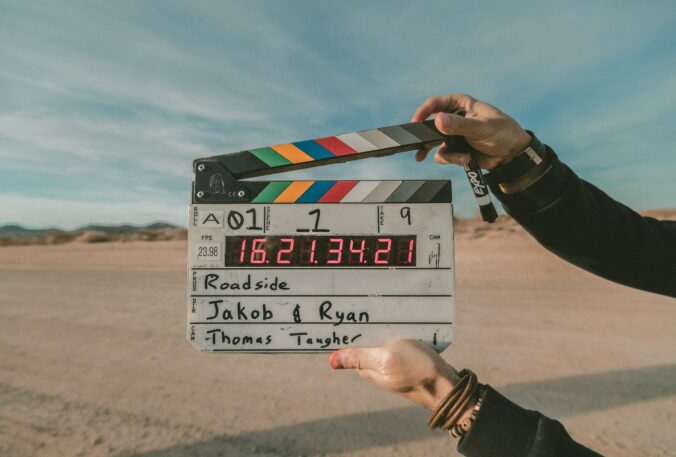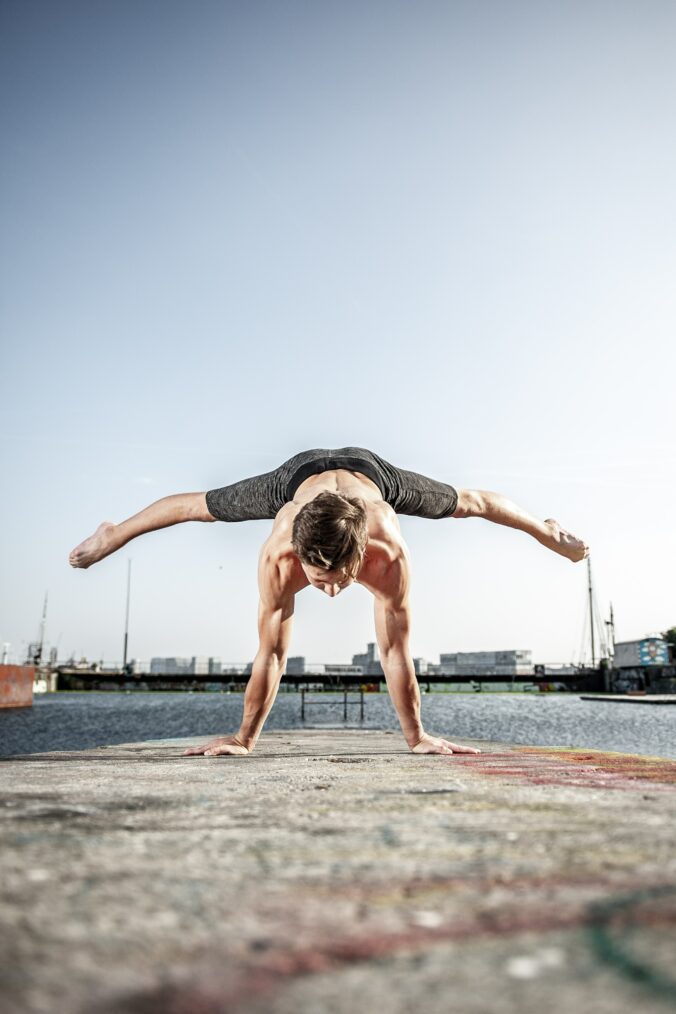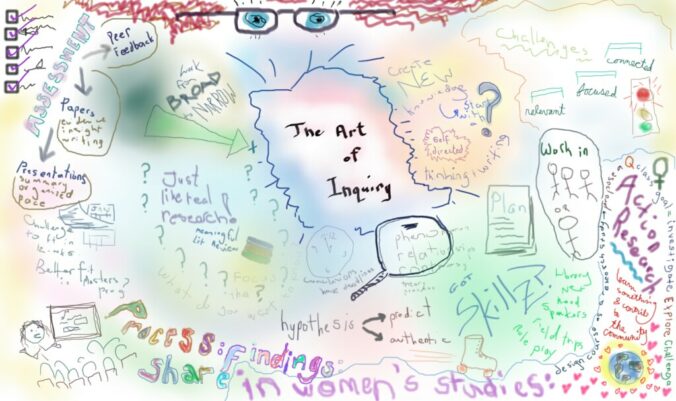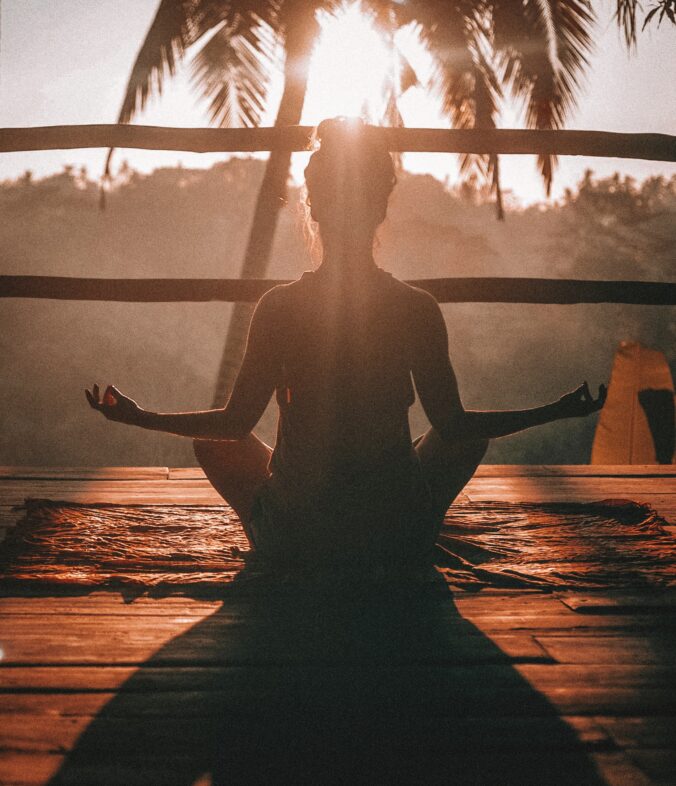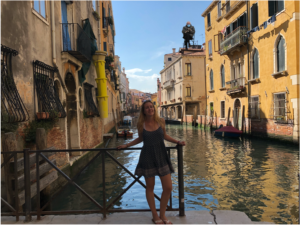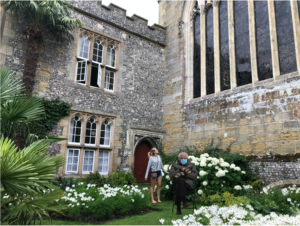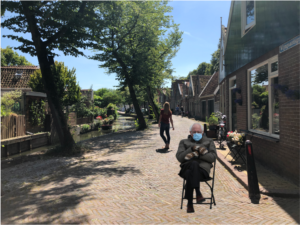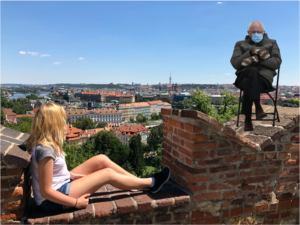Video is a great tool for learning because it allows opportunity for reviewing, rewatching, slowing down and repeating. Educators can use lecture recordings, screencasts, talking head videos, presentations, classroom recordings, interviews, simulations and animations. It is also more accessible for all learners as subtitles can be added. Video allows us to see the unseeable, such as a time-lapse metamorphosis video or a slow-motion hummingbird flapping its wings. Additionally, a search on YouTube can help you learn just about anything. Below are resources from Michael that I want to keep handy so that I can practice video editing later.
Lecture recordings
Screencasts
Talking head video
Presentations
Classroom recordings
Interviews
Simulations
Animations
Tools for creating video:
Jing – Jing will allow you to record whatever is on your screen, this is called a screencast. You could run a presentation using PowerPoint, show off a website, display pictures, or demonstrate how to use a piece of software. Once you have created your video you can share it on Screencast.com
Biteable – Biteable allows you to create short videos by combining audio, media, and text. You can then save your video to YouTube for sharing
Open Broadcaster Software – Free and open source software for video recording and live streaming.
Screencast-O-Matic – Allows for the creation of up to 15 minute videos capturing your screen or webcam. You can save the video file to your computer and/or upload it to YouTube.
PowToon – PowToon supports the creation of animated videos presentations. A free account will allow for up to 5 minute watermarked videos. You can’t download the video file for free but you can host and present the video on the PowToon service.
Videoscribe – Videoscribe supports the creation of whiteboard style animations, incorporating images, text, voice, and music. There is a free 7 day trial of the software available.
Your cell phone! – Your cell phone likely includes a camera capable of filming quality video clips. Create a video lecture, question and answer session, or tour and upload your video to YouTube for sharing.
Record from your webcam – Webcam recordings can be created with the apps Photobooth (iOS) or Camera (Windows) which are built into the operating systems.
If you have Microsoft PowerPoint on your computer you can create a video using the software.
Commercial Tools – There are also tools like Adobe Premier, Camtasia Studio, and iMovie which will allow you to create video. These tools cost money so I have not recommended them to you, if you have access to them please feel free to use!
